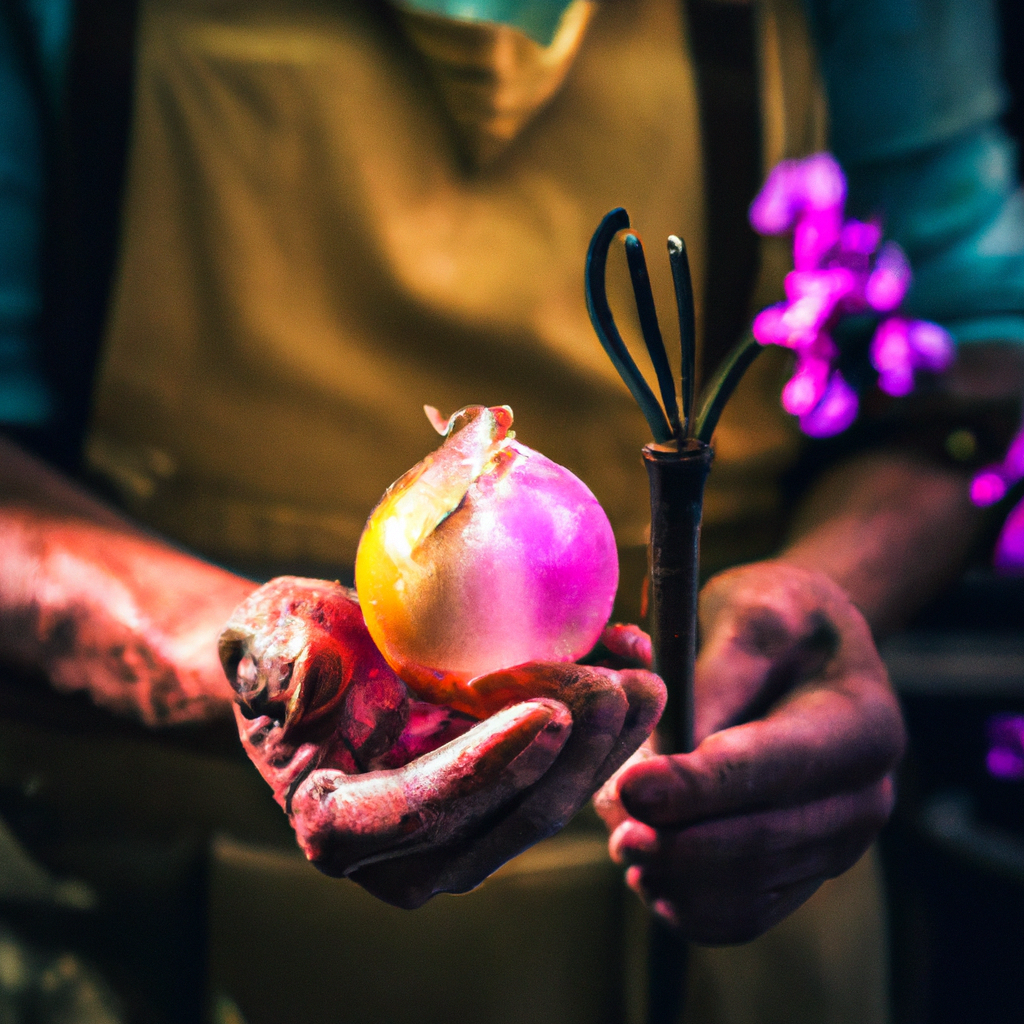
Flower bulbs are nature’s hidden treasures, holding within them the promise of vibrant blooms and breathtaking beauty. These little powerhouses of life have fascinated gardeners for centuries, offering a wide array of colors, shapes, and fragrances. If you’re new to gardening or simply want to enhance your knowledge, this comprehensive guide will provide you with expert tips on planting and caring for flower bulbs. By unlocking the mysteries of flower bulbs, you’ll be well on your way to creating a stunning garden that will leave others green with envy.
Understanding Flower Bulbs
Before delving into the specifics of planting and caring for flower bulbs, it’s essential to understand what they are and how they work. Flower bulbs are underground storage structures that contain all the necessary nutrients and genetic material required for a plant to grow and bloom. They consist of a basal plate, which is the bottom part of the bulb, and scales or layers that store food reserves.
Flower bulbs come in various types, including true bulbs (such as tulips and daffodils), corms (such as crocuses and gladioli), tubers (such as dahlias and begonias), and rhizomes (such as irises and lilies). Each type has its own unique characteristics and requires specific care.
Choosing the Right Flower Bulbs
Selecting high-quality flower bulbs is crucial for successful gardening. When purchasing bulbs, opt for those that are firm, plump, and free from blemishes or mold. Larger bulbs often produce larger and more robust blooms, so consider investing in bigger sizes if your budget allows.
Additionally, it’s important to choose bulbs that are suitable for your specific climate and growing conditions. Some bulbs thrive in colder regions, while others prefer warmer climates. Researching the ideal planting time and conditions for each bulb variety will help ensure optimal growth and blooming.
Preparing the Soil
To give your flower bulbs the best start in life, it’s essential to prepare the soil properly. Start by selecting a well-draining location that receives adequate sunlight. Most flower bulbs prefer full sun or partial shade, so choose a spot accordingly.
Next, loosen the soil using a garden fork or tiller, removing any weeds, rocks, or debris. Incorporate organic matter such as compost or well-rotted manure to improve soil structure and fertility. This will provide the bulbs with essential nutrients and promote healthy growth.
Planting Flower Bulbs
Once the soil is prepared, it’s time to start planting your flower bulbs. Follow these steps to ensure success:
- Dig a hole that is two to three times the depth of the bulb. The general rule of thumb is to plant bulbs at a depth that is equivalent to three times their height.
- Place the bulb in the hole with the pointed end facing up. If you’re unsure, bulbs usually have a flatter bottom and a pointed top.
- Space the bulbs according to the recommended distance for each variety. This information can usually be found on the packaging or obtained from a reputable gardening resource.
- Cover the bulbs with soil, gently firming it down to remove any air pockets. Avoid compacting the soil too much, as this can hinder bulb growth.
- Water the newly planted bulbs thoroughly to settle the soil and promote root establishment.
Caring for Flower Bulbs
Proper care is vital for the long-term health and vitality of your flower bulbs. Here are some essential tips to keep in mind:
Watering
While flower bulbs are relatively low-maintenance, they do require regular watering, particularly during the growing season. Aim to keep the soil consistently moist but not waterlogged. Deep watering once or twice a week is generally sufficient, but adjust the frequency based on weather conditions and bulb variety.
Mulching
Applying a layer of organic mulch around your flower bulbs offers numerous benefits. Mulch helps retain soil moisture, suppresses weed growth, and regulates soil temperature. It also adds a neat and tidy appearance to your garden while providing an extra layer of protection to the bulbs during periods of extreme cold.
Fertilizing
Feeding your flower bulbs with the right nutrients is essential for their overall health and productivity. Before planting, incorporate a slow-release bulb fertilizer into the soil to provide a steady supply of nutrients throughout the growing season. Additionally, you can apply a liquid fertilizer during active growth to boost flower production and enhance bloom colors.
Deadheading and Pruning
To encourage prolonged blooming and prevent the formation of seeds, it’s important to deadhead spent flowers regularly. This involves removing faded blooms by cutting the flower stalk just above the foliage. Additionally, prune any damaged or diseased foliage to maintain the overall health of the plant.
Overwintering Flower Bulbs
While some flower bulbs are hardy enough to withstand winter temperatures, others may require special care for overwintering. In regions with harsh winters, it’s advisable to dig up tender bulbs, such as gladioli and dahlias, before the first frost. Clean the bulbs, allow them to dry, and store them in a cool, dry location until the next planting season.
Conclusion
By following these expert tips for planting and caring for flower bulbs, you’ll unlock the mysteries of these fascinating plants and create a garden that bursts with color and life. Remember to choose the right bulbs for your climate, prepare the soil adequately, and provide proper care throughout the growing season. With a little patience and dedication, your efforts will be rewarded with stunning blooms that will bring joy and beauty to your outdoor space. Happy gardening!